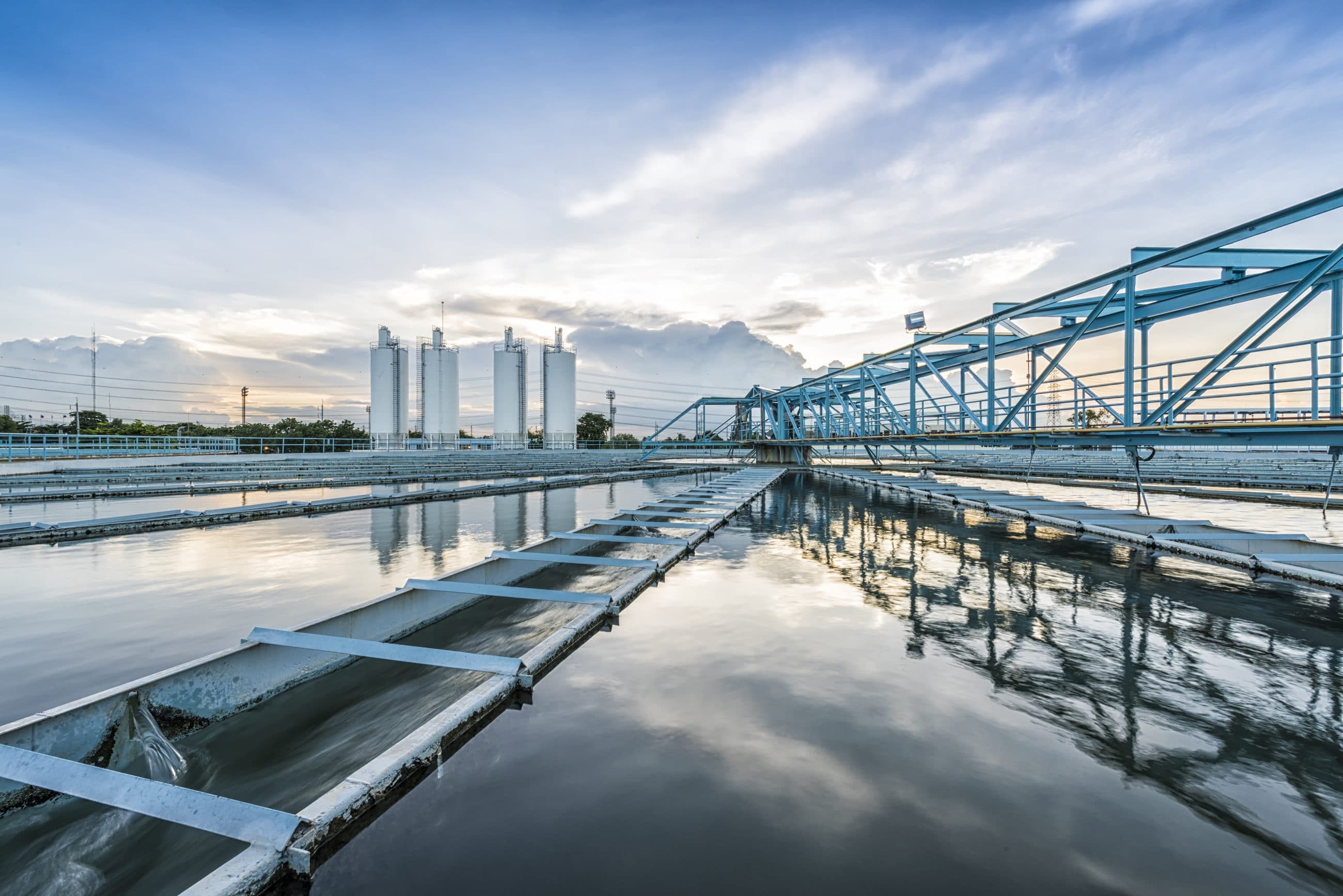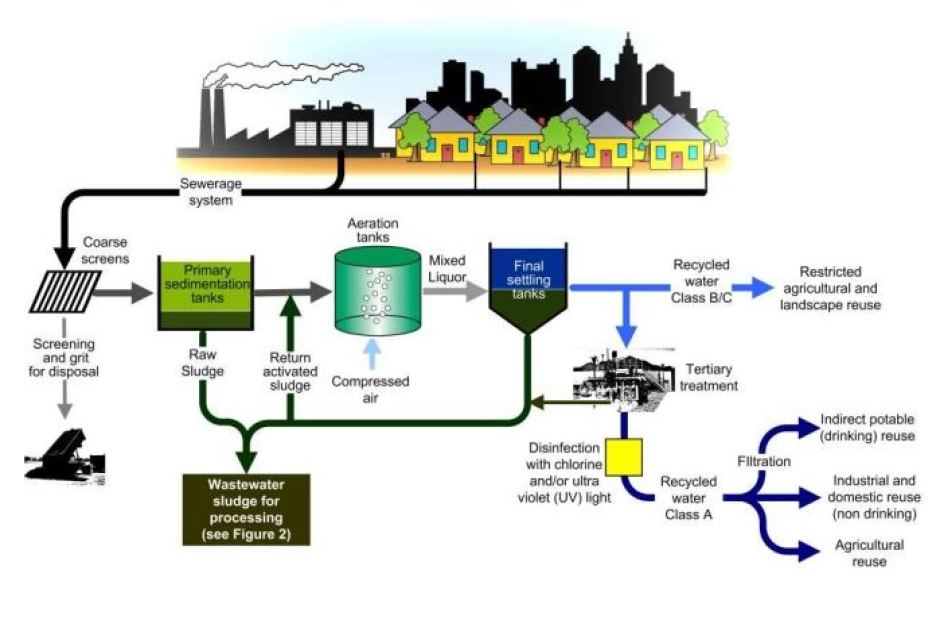Industrial Waste Water Treatment-- Cutting-Edge Technologies for Water Filtration
Industrial Waste Water Treatment-- Cutting-Edge Technologies for Water Filtration
Blog Article
Technologies and Advancements in Industrial Waste Water Therapy Technologies
The landscape of industrial wastewater therapy is going through a transformative shift, driven by advancements that enhance both efficiency and sustainability. Emerging technologies, such as membrane layer bioreactors and microbial fuel cells, are redefining contaminant elimination processes while adding to energy generation. In addition, resource recovery methods are obtaining grip, straightening with round economy concepts. As regulatory requirements evolve, the combination of AI and artificial intelligence into wastewater monitoring systems promises to enhance procedures and guarantee compliance. Nonetheless, the complete implications of these improvements elevate crucial concerns concerning their scalability and long-term effect on sector practices.
Review of Drainage Therapy Technologies
Wastewater therapy innovations include a series of methods designed to get rid of impurities from industrial effluents before their release right into the atmosphere. These innovations are vital for maintaining ecological equilibrium and making certain compliance with environmental regulations. The key classifications of wastewater treatment consist of physical, chemical, and organic techniques, each serving distinctive functions based on the nature of the impurities existing.

Biological therapy approaches employ microorganisms to break down raw material, making them particularly efficient for organic-rich effluents. Methods like turned on sludge and biofilm activators harness the natural degradation abilities of germs, bring about significant reductions in biochemical oxygen demand (BODY)
Advanced Purification Strategies
Advanced filtration techniques represent an important advancement in the world of commercial wastewater therapy, boosting the efficiency of contaminant elimination procedures. Industrial Waste Water Treatment. These approaches incorporate a variety of technologies, including microfiltration, ultrafiltration, nanofiltration, and turn around osmosis, which give consecutive obstacles for numerous fragment dimensions and chemical frameworks
Microfiltration and ultrafiltration use membrane systems to remove put on hold solids, germs, and larger organic molecules, boosting the top quality of effluent before more treatment. Nanofiltration bridges the gap in between ultrafiltration and turn around osmosis, successfully eliminating organic substances and divalent ions, therefore minimizing the tons on downstream processes.
Reverse osmosis offers the highest possible degree of purification by allowing just water and little molecules to go through its semi-permeable membrane layers, making it excellent for redeeming top notch water from commercial effluents. Current advancements in membrane layer modern technology, consisting of the development of even more fouling-resistant and resilient materials, have actually considerably improved functional efficiency and lowered expenses.
Incorporating these innovative filtering strategies not only enhances the general treatment procedure but likewise adds to sustainability initiatives by enabling water reuse and source recovery in commercial settings. (Industrial Waste Water Treatment)
Organic Therapy Advancements

Additionally, the development of crafted biological systems, such as membrane bioreactors (MBRs), combines organic treatment with sophisticated membrane layer filtration. This combination enables higher effluent high quality and reduced footprint, making it appropriate for space-constrained commercial facilities. Advancements in genetically engineered bacteria have likewise emerged, improving the biodegradation of specific impurities, such as pharmaceuticals and hefty metals, that are commonly challenging to get rid of.
Furthermore, the implementation of bioaugmentation approaches, where helpful microbes are presented to enhance the existing biological therapy processes, has actually shown appealing lead to enhancing therapy performance. These technologies collectively symbolize a trend towards even more reliable and sustainable biological therapy methodologies that can adapt to the progressing intricacies of industrial wastewater streams. As markets remain to prioritize environmental conformity, these organic innovations will play an important duty in wastewater management.

Resource Recuperation Techniques
In industrial settings, the integration of source healing methods has actually ended up being increasingly essential for improving sustainability and reducing waste. These methods concentrate on drawing out important products and energy from wastewater find this streams, thereby changing prospective toxins into multiple-use resources.
One noticeable approach is nutrient healing, where nitrogen and phosphorus, frequently existing in excess in wastewater, are caught and exchanged plant foods. This not only minimizes ecological effects yet also supplies a round economic climate remedy for agricultural applications. Furthermore, modern technologies such as anaerobic digestion permit the conversion of natural waste into biogas, a renewable resource resource that can offset nonrenewable fuel source usage in commercial operations.
Moreover, progressed filtration and membrane innovations promote the recovery of industrial spin-offs such as salts and steels. These recouped products can be rehabilitated into production procedures, reducing the requirement for virgin resources.
Future Trends in Drainage Management
As markets progressively focus on sustainability, the future of wastewater monitoring is established to undergo significant changes. Technological improvements, such as fabricated knowledge and machine learning, will enable much more effective tracking and administration of wastewater systems. These innovations can anticipate maintenance needs, optimize treatment procedures, and boost decision-making, inevitably lowering functional prices and ecological effect.
Furthermore, the combination of circular economy concepts will certainly play Recommended Site a critical duty in wastewater administration. Industries are expected to shift towards systems that not just deal with wastewater however also recoup beneficial sources, such as nutrients, water, and energy. This transition will certainly lessen waste and promote the reuse of materials, straightening with international sustainability goals.
Emerging therapy methods, such as membrane bioreactors and progressed oxidation procedures, will better improve the effectiveness of wastewater therapy, enabling for higher quality effluents ideal for reuse. Furthermore, regulatory structures are likely to advance, highlighting stricter criteria for wastewater discharge and encouraging sectors to embrace innovative therapy solutions.
Verdict
Finally, the evolution of commercial wastewater treatment innovations demonstrates a considerable shift in the direction of enhanced performance and sustainability. Developments in advanced filtering techniques, biological therapies, and resource healing methods highlight the market's dedication to environmental stewardship. The assimilation of expert system and artificial intelligence further enhances these procedures, guaranteeing governing conformity and promoting a round economic situation. Continued improvements in these locations will play an important duty in shaping the future of wastewater administration and shielding vital water resources.
The landscape of commercial wastewater therapy is undertaking a transformative shift, driven by innovations that enhance both efficiency and sustainability.Wastewater treatment innovations include a variety of techniques developed to eliminate pollutants from industrial effluents before their release into the environment.Harnessing the power of biological processes has actually led to substantial innovations in the therapy of commercial wastewater.In addition, the application of bioaugmentation methods, where helpful microorganisms are introduced to enhance the existing biological therapy procedures, has shown promising outcomes in boosting treatment performance. These innovations jointly symbolize a pattern towards even more sustainable and efficient biological therapy methods that can adapt to the developing intricacies of commercial wastewater streams.
Report this page